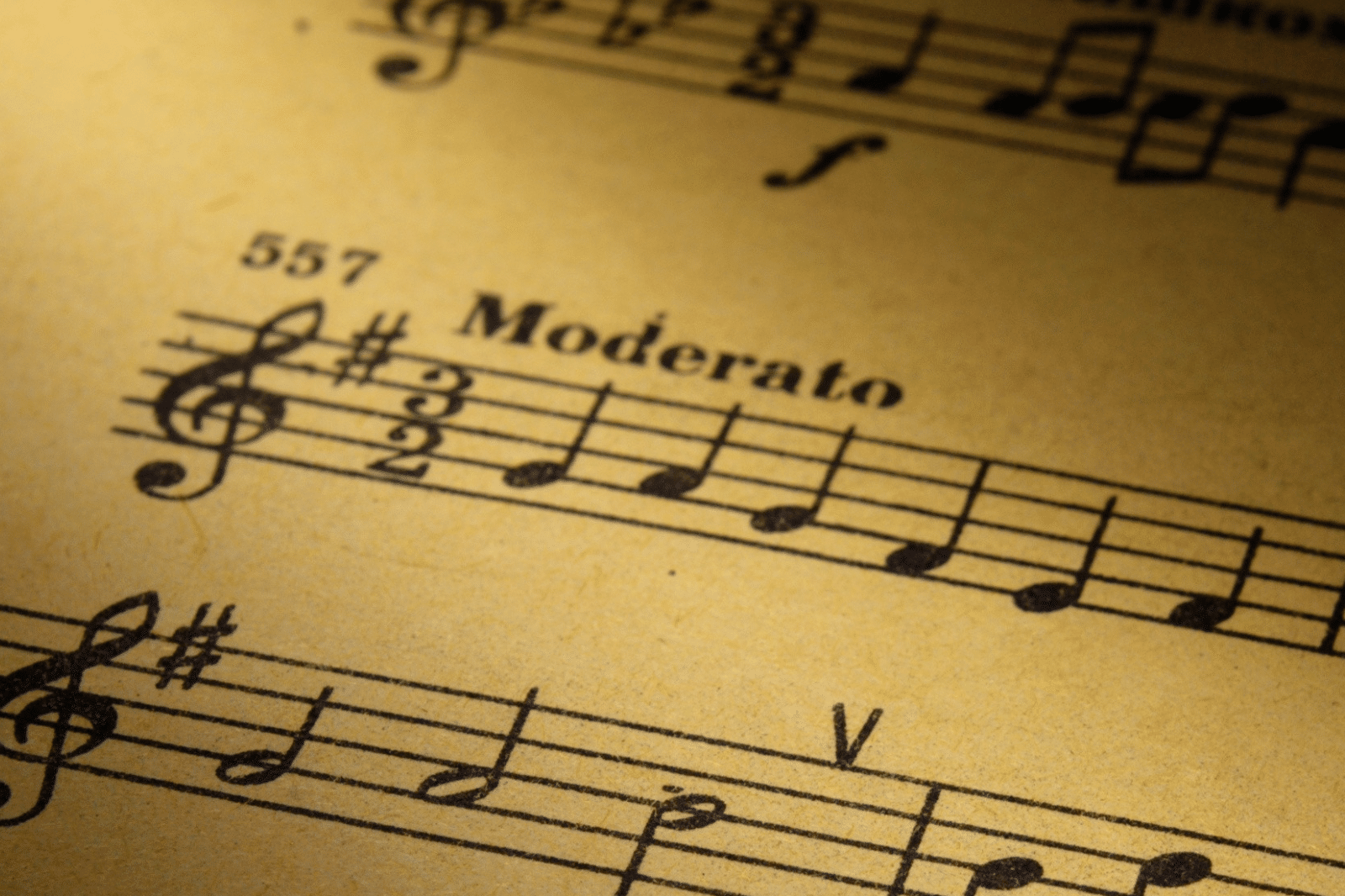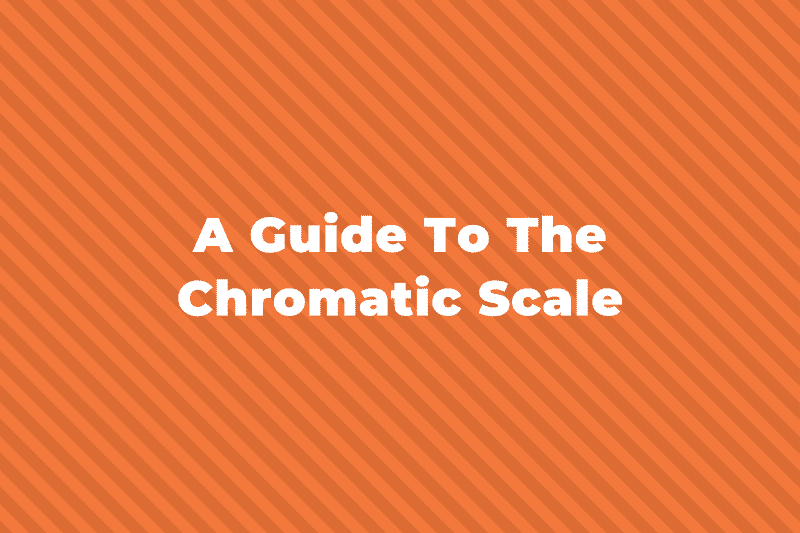If you’ve listened to enough classical music or old choral hymns, chances are you’ve likely come across what’s known as the Picardy Third. It is less common in music nowadays, but it’s something foundational in music that is often taught in school.
This post will cover everything we need to know about a Picardy Third, like what it is and what reasons it’s used for. To help us learn more about it, we should recap what major and minor mean.
What are Major and Minor?
The two main adjectives used to describe scales, chords, or keys in music are major and minor.
Something is major if the third scale degree is major – that is, it is four semitones above the tonic note of the song.
For example, a C Major scale and chord has an E♮ in it, which is four semitones above C:

In a minor scale and chord, the third scale degree is minor, which is only three semitones above the tonic:

In addition to the third scale degree, the 6th and 7th scale degrees are also flattened to be made minor.
This change from the major third to the minor third makes the C Major chord (C – E – G) C minor instead (C – Eb – G).
It also changes the related chords one can use in a song.
For example, a song in C Major will have chords like F Maj, G Maj, A min, E min, and D min.
A song in C minor will have chords like F min, Eb Maj, Ab Maj, Bb Maj, and D dim.
Picardy Third Definition
A Picardy Third is a very specific ending, or cadence, to a piece of music.
It happens when a piece of music that is in a minor key ends on a Major tonic chord instead.
For example, a piece of music in A minor has a Picardy Third when it ends on an A Major chord:

All of the chords in the above example are taken from the key of A minor, which has a C♮ as well as an F♮ and a G♮.
However, the final chord is an A Major chord, which has a C# in it, a note not used in the rest of the piece.
Because music in a Major key is often heard as happy and bright, and music in a minor key is heard as sad and somber, a Picardy Third acts as a happy resolution to an otherwise darker and sadder song.
It is like a “happy ending” in a film, expressed through music.
Here is an example from Bach’s “Jesus, Meine Freude”. Listen for the final chord with the Picardy Third at 1:36:
Why is it Called a Picardy Third?
As a harmonic device the Picardy Third was first introduced in the Renaissance Era, which is between years 1400-1600.
It was often thought at this time that the Major key and major chords were more “correct”, stable, and consonant than minor chords, so audiences and musicians expected the music to end that way.
The Picardy Third was first labelled as such by Jean-Jaques Rousseau in 1797, written as the “Tierce de Picarde”.
Some scholars believe it is called this because the practice of ending minor music in the major key originated from the Picardy region of France.
Other scholars, however, believe that “Picardy” is derived from the old French word “picart”, which means “sharp” or “pointed”.
Therefore, cadences that ended with a raised, or sharpened third were called Picardy Thirds.
Notable Examples
Picardy Thirds are found a lot in sacred choral music and hymns, especially those from the 15th to 17th centuries.
One famous example is “Heu Mihi, Domine” from Heinrich Schuetz’s Cantiones Sacrae, in 1625.
The piece starts at 0:11 in the key of A min, and the Picardy Third occurs at the end of the first phrase, at 0:21:
The majority of Chopin’s Nocturnes that are in a minor key almost always ended with a Picardy Third.
For example, here is his “Nocturne in F minor”, op. 55 no. 1.
Although the whole piece up to the end has been in the key of F minor, Chopin ends the piece on four long-held F Major chords:
Beethoven’s final piano sonata, “Piano Sonata No. 32 in C Minor”, ends its first movement with many Picardy Third cadences in a row, with the final and most dissonant one happening at 9:34-9:37:
Summing Up
That is all there is to know about the Picardy Third.
It is a useful and interesting tool that composers have used for centuries to end a minor piece on a major tonic chord.
This slight change at the end of a song really affects the entire piece and leaves the audience with a whole different feeling when they’ve finished listening to it.
We hope this article has been helpful to learn about the history and uses of Picardy Thirds.



